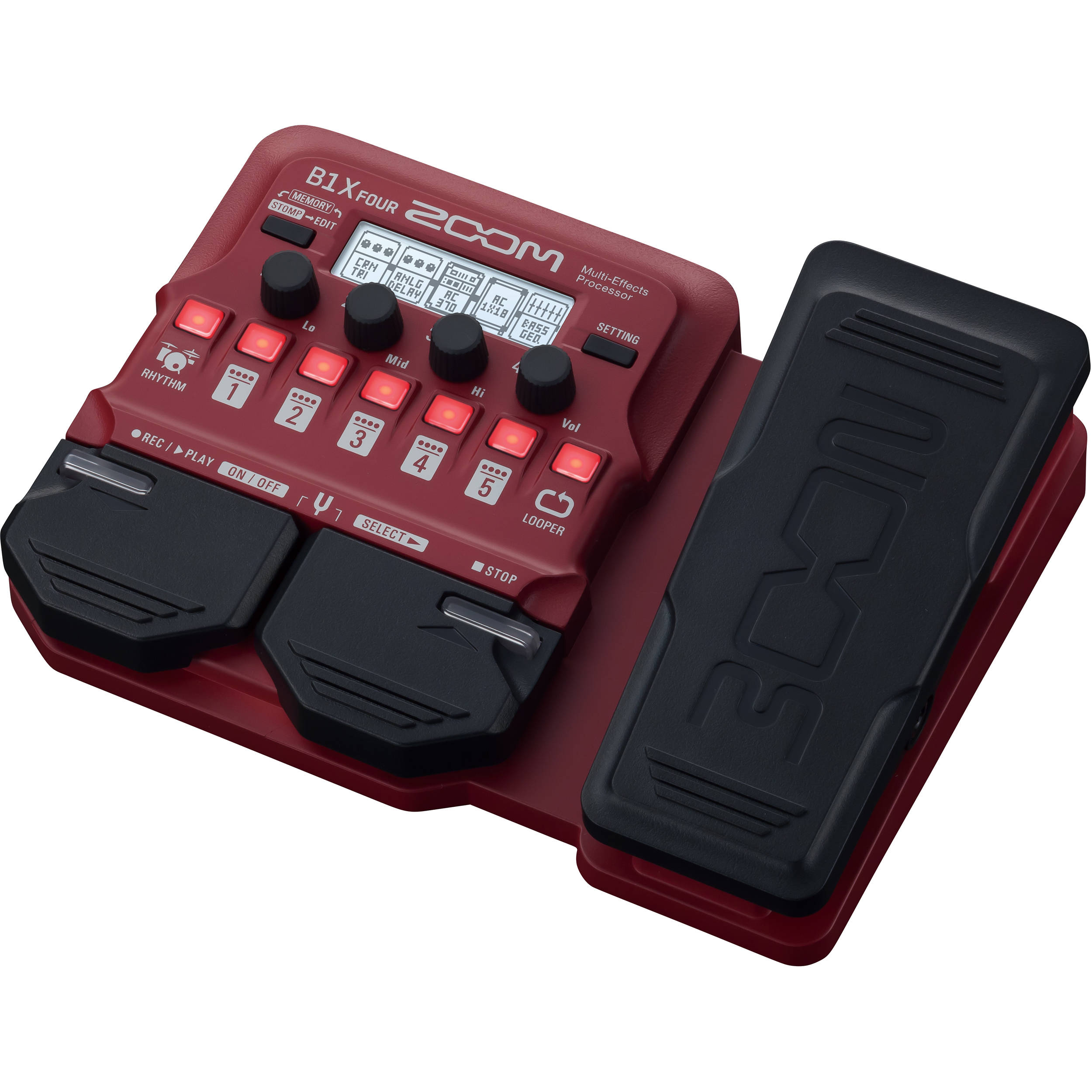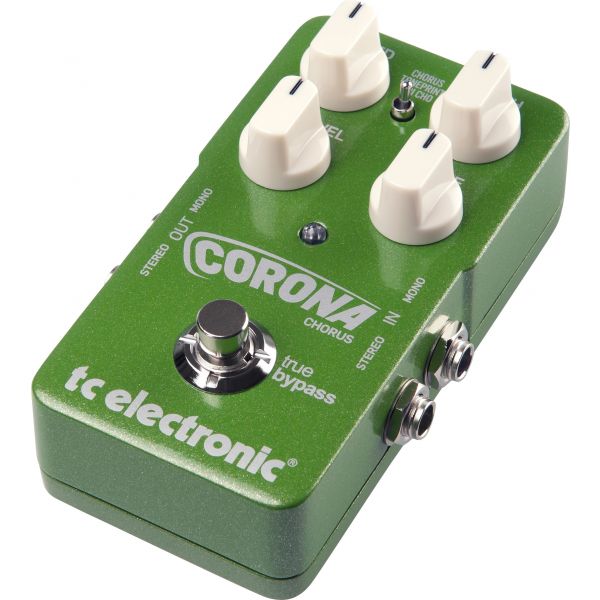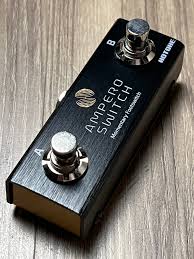
Zoom B1X Four: Pedal Review
A Gateway to Creative, Affordable Bass Tone The Zoom B1X Four is not just a multi-effect pedal — it’s a game-changer for beginners, home studio players, and even pros who want a compact rig for practice, writing, or fly dates. Retailing at a fraction of the cost of most single boutique pedals, it offers a staggering variety of tones, amp models, effects, and tools. The “X” version adds an expression pedal, which significantly expands its usability, especially for real-time control of volume, filter, pitch, or modulation effects. Make no mistake — this is a budget pedal, built with cost-saving in mind. But within its humble plastic housing lives a powerful sound engine and a highly functional layout that puts a ton of sonic exploration at your fingertips. What You Get for the Price The Zoom B1X Four includes: All this in a small footprint and at a cost often lower than a single mid-range overdrive pedal. Sound Quality and Performance Let’s get this clear: is it studio-grade, boutique-level sound? No. But that’s not what this pedal is trying to be. What the B1X Four does offer is incredibly usable, musical tone that can be customized, layered, and dialed in for almost any playing style. Many of the effects are very well-voiced for bass and have clearly been optimized to preserve low-end integrity — a frequent issue in cheaper multi-FX units. Effects Highlights: Amp Modeling is a strong suit. The SVT, Bassman, and Hartke-style models offer distinct voices and enough EQ flexibility to anchor a solid DI tone. Through headphones, they can get you surprisingly close to a “real amp” feel. In live settings, the amp/cab sims make it easy to go straight to FOH or into an audio interface. Expression Pedal Use The B1X model’s built-in expression pedal is one of the most important upgrades over the standard B1 Four. You can assign it to: It’s plastic and a bit short in travel, but it works, and it’s very useful for real-time dynamics or morphing effects. Utility Features Build Quality Yes, it’s plastic. Yes, it’s light. The footswitches are soft-touch, not mechanical. The knobs aren’t premium. But for careful home use, travel, or low-impact gigging, it’s surprisingly robust. Keep expectations in check: this isn’t built like a Strymon or Boss unit — but it’s also a tenth of the cost. Who This Pedal Is For Pros and Cons Pros: Cons: Conclusion: A Budget Giant That Punches Well Above Its Weight The Zoom B1X Four is not trying to be a boutique pedalboard. It’s not handmade, analog, or vintage. But for under $100, it gives bassists a shockingly wide and deep palette of tools to explore. It is, in every sense, the best value in the multi-effects world for bass. Whether you’re just starting out or need a compact Swiss-army knife for sketching, jamming, teaching, or traveling, the B1X Four delivers an experience that is musically rewarding and creatively inspiring, without punishing your wallet. If you need versatility, portability, and features over fancy aesthetics or analog nuance — this might be the smartest pedal purchase you ever make.

